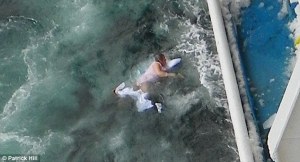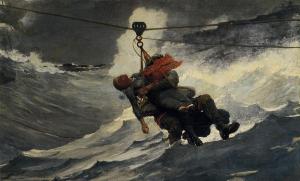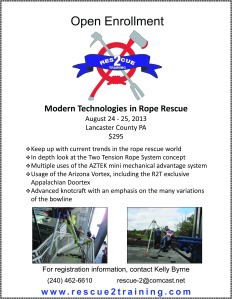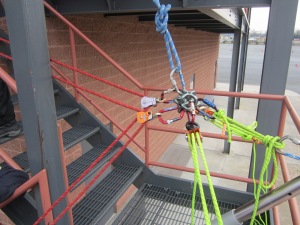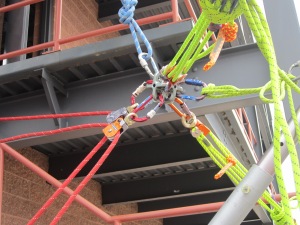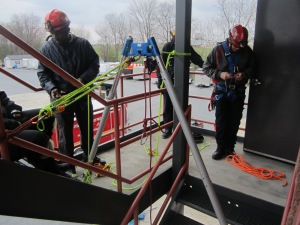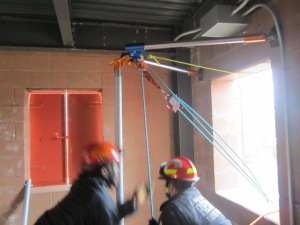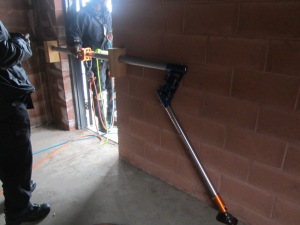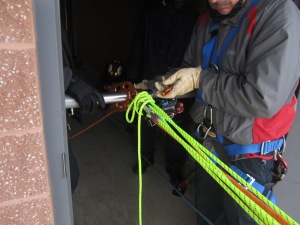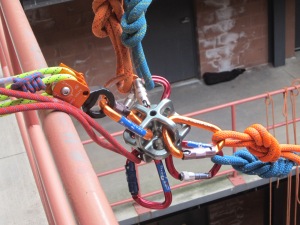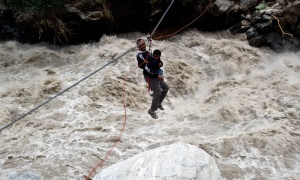There’s a right way and a wrong way to move somebody over water. Being a rope geek, I think it should always be done with rope. There might be some debate about whether it always the right answer, but I would argue that almost anything would be better than what transpired in the pictures below.
A sick passenger on a cruise liner was being transferred to a smaller boat to be taken to shore for medical treatment. She was placed on stretcher and transferred to the smaller boat while both boats were under way !
Things are going along just fine (but just look at the snow and ice on top of the smaller boat):
Moments later, rescuer Bob “Butterfingers” Johnson knows that he will never, ever get rid of his nickname. This is the victim taking her unintentional swim test in 27 degree water:
Read the lurid details of the incident here:
For another option of getting people off of a boat, check out the rope operation called a “Breeches Buoy”. It’s the older brother of the high line and was used for getting sailors to shore off of ships that had wrecked near the shore. It is basically a high line with all controls for lowering and retrieving the victim based on the shore.


